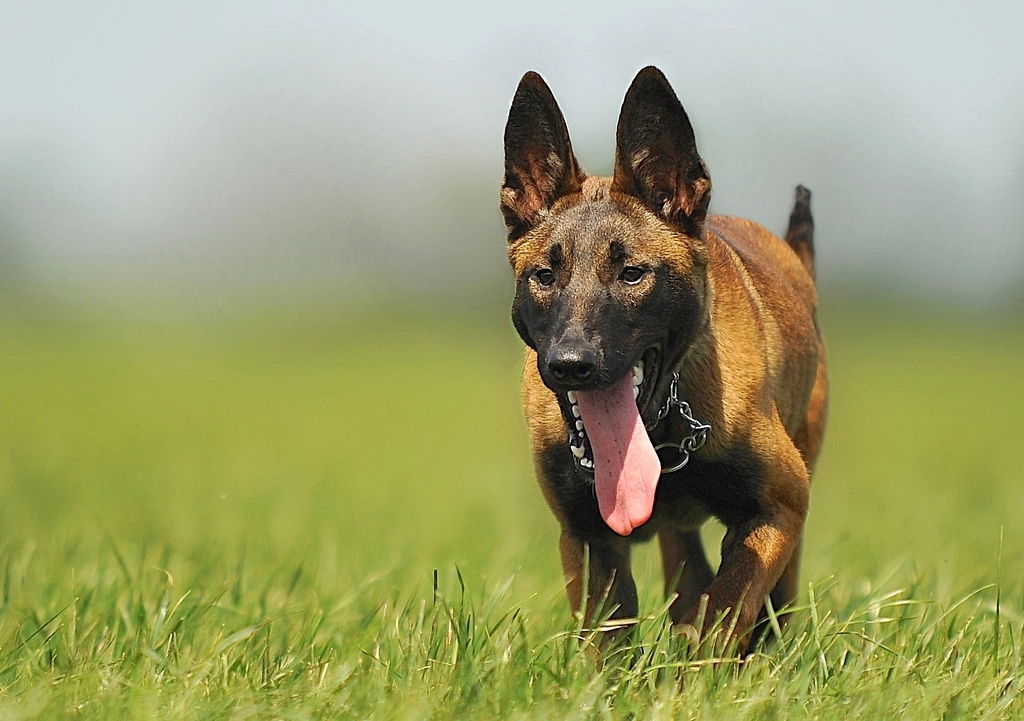Picture this: you’re curled up on your couch with your morning coffee, dreaming of a loyal canine companion. But before you let that big, fluffy tail into your small apartment, there’s a hidden world of doggy realities waiting to surprise you. Some breeds, as lovable as they are, simply don’t fit the puzzle of apartment life. If you’re living in a cozy space with thin walls and limited room to roam, choosing the right dog isn’t just about cuteness — it’s about harmony, happiness, and respect for both you and your furry friend. Let’s walk through the top ten breeds that, for their own sake (and yours), just aren’t made for apartment dwelling.
Saint Bernard
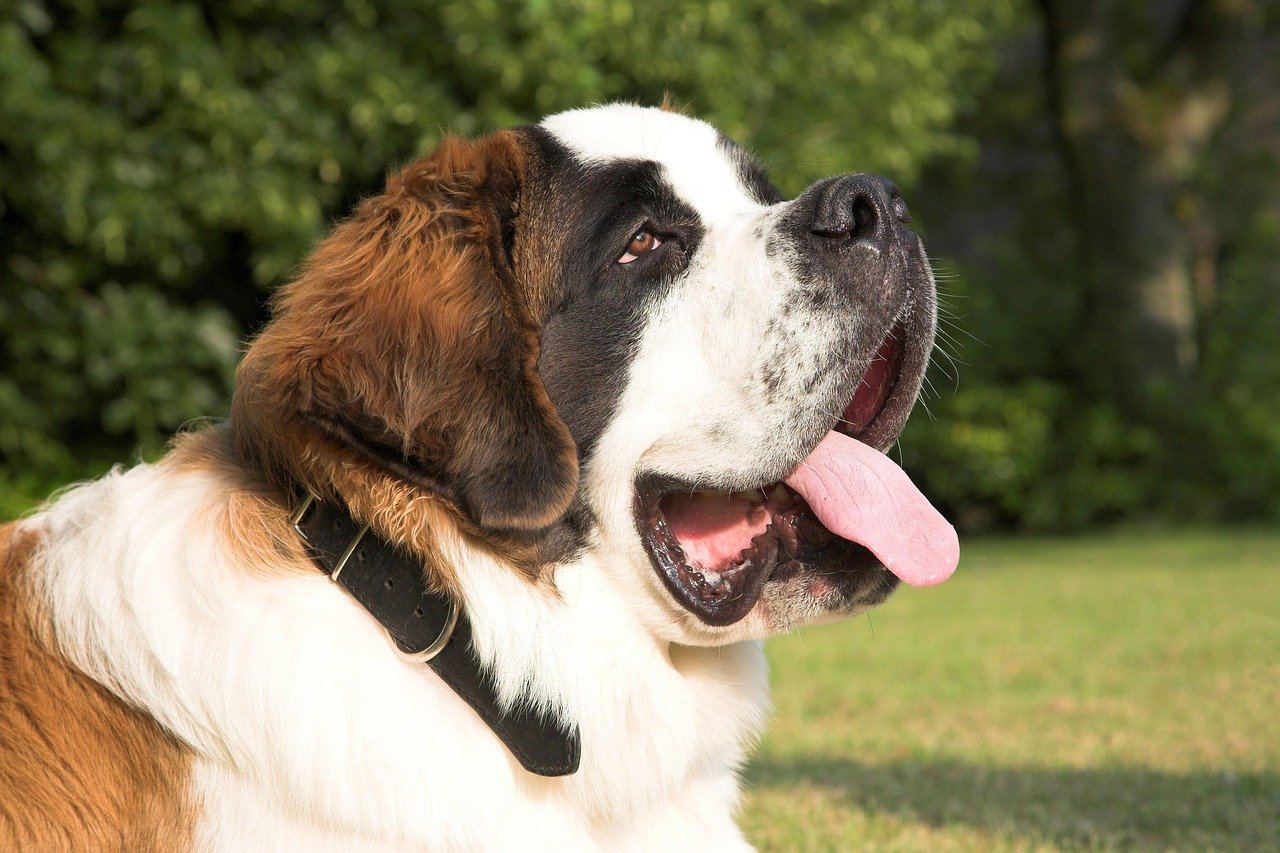
Saint Bernards are irresistible gentle giants, but their massive size can quickly turn an apartment into an obstacle course. Even a simple tail wag can clear a coffee table! They need lots of space to stretch, move, and relax comfortably, which a small living room just can’t provide.
On top of that, Saint Bernards are known for their drool and shedding. Imagine keeping up with fur tumbleweeds and slippery floors in tight quarters. Their heavy coats also make them prone to overheating in stuffy spaces, putting their health at risk.
Border Collie
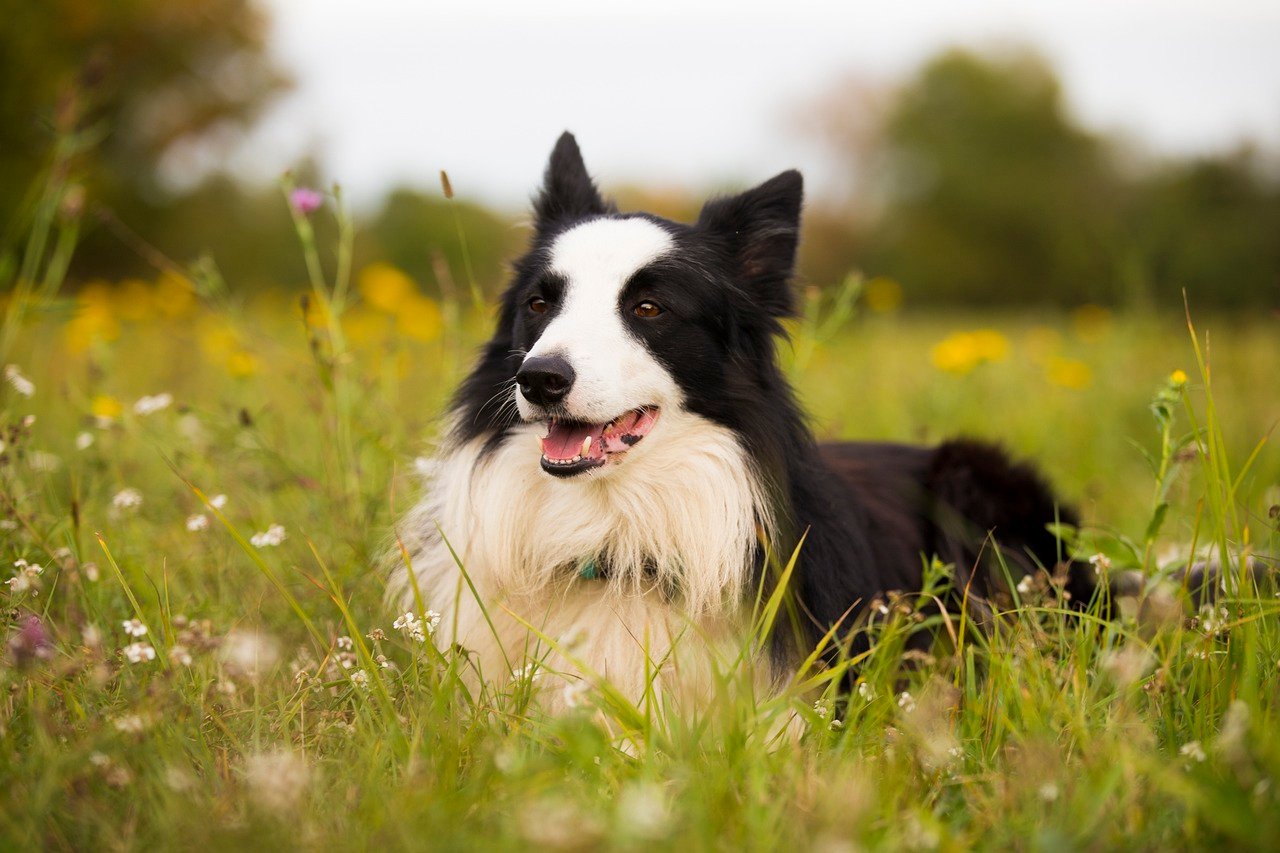
Border Collies are the athletes of the dog world, packed with boundless energy and razor-sharp intelligence. In an apartment, that drive for activity can quickly turn into restlessness, barking, or even destructive chewing when they don’t get enough stimulation.
Without a big yard or open space to run, these dogs can develop anxious habits. You might notice them circling, nipping at ankles, or inventing their own games with your furniture. This isn’t fair to them — or your favorite shoes.
Alaskan Malamute
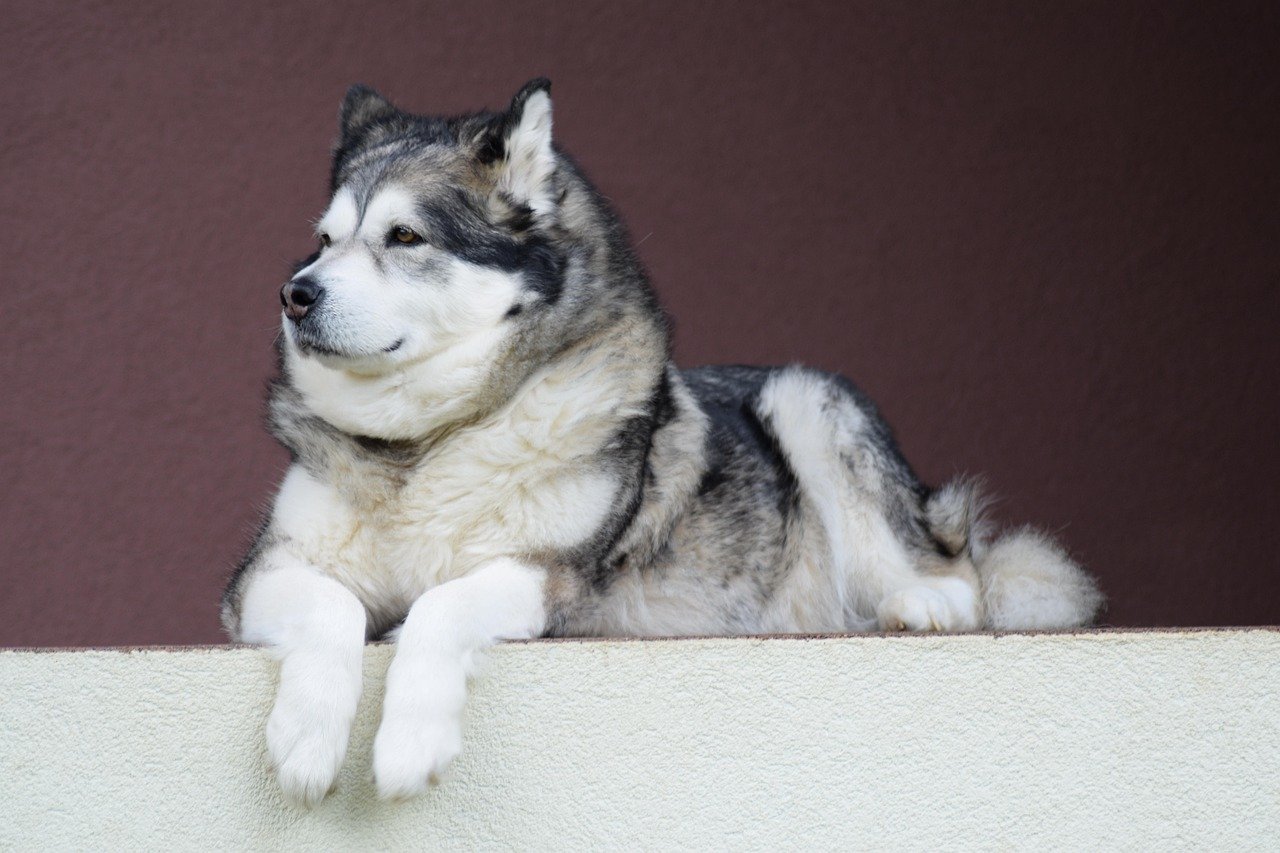
Alaskan Malamutes are built for hauling sleds and exploring the wild — not squeezing past your kitchen island. They’re strong, stubborn, and thrive on adventure, needing regular, vigorous exercise that an apartment just can’t offer.
These dogs are also notorious for being vocal. Their howls and barks can echo through apartment walls, leaving neighbors less than delighted. Malamutes are happiest with room to roam and plenty of outdoor time.
Dalmatian

Dalmatians might look perfect for city life, but they’re high-energy powerhouses with a love for running and exploring. In a confined space, they can become frustrated and act out with barking, pacing, or chewing.
They’re also sensitive to noise and commotion, which can make apartment sounds especially stressful for them. Without a yard or regular, vigorous exercise, they’re likely to develop anxiety or behavioral issues.
Great Dane
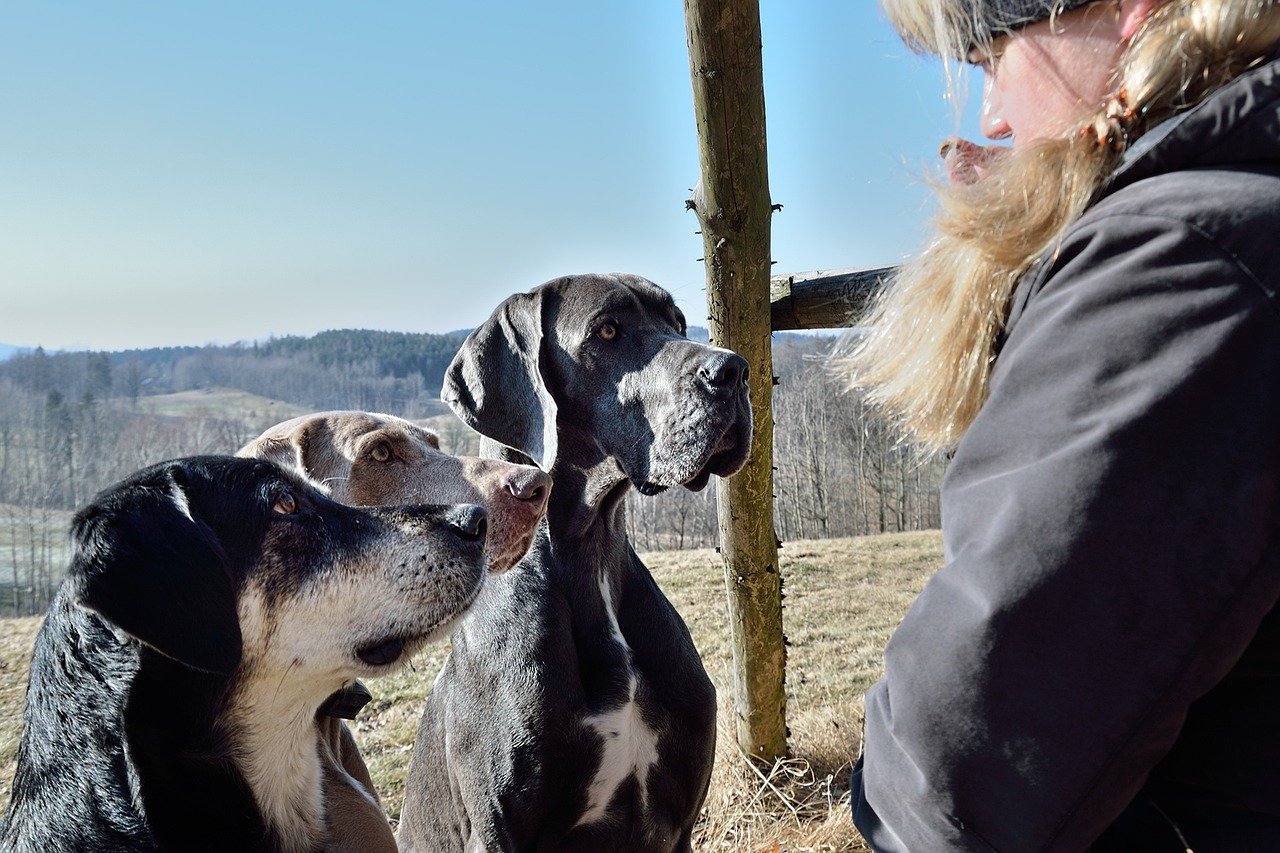
Great Danes may be gentle giants, but their towering frames simply don’t fit well in small apartments. A single playful leap can send lamps flying or knock over a dining chair. They need plenty of room to sprawl and turn around comfortably.
These dogs also require regular walks and mental stimulation to stay happy. Small living spaces can make them feel cramped and bored, which isn’t fair for such a noble, loving breed.
Siberian Husky
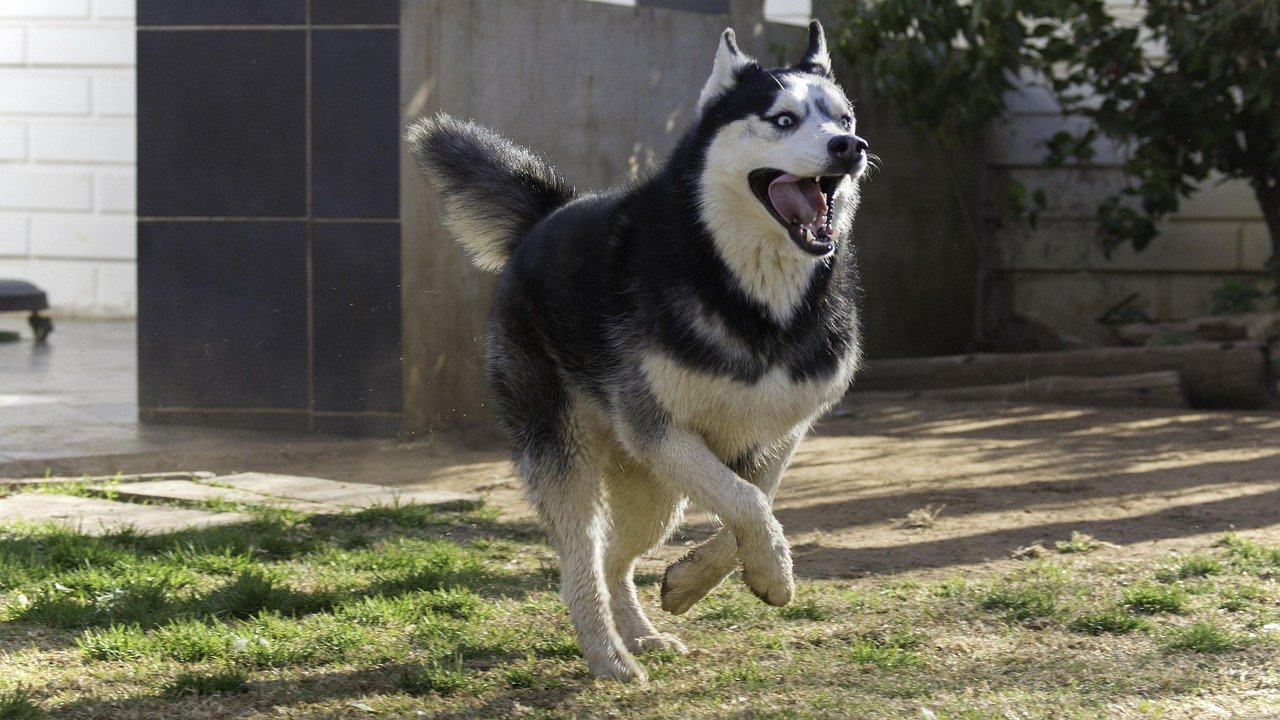
Siberian Huskies are known escape artists and have a deep need for exercise and mental challenges. Without a yard or open space, they can become frustrated, howling or digging at doors and windows.
They’re also incredibly vocal and love to “talk,” which can turn into a daily nuisance for neighbors. Huskies are happiest when they have a job to do and space to run — definitely not in a cramped apartment.
Belgian Malinois
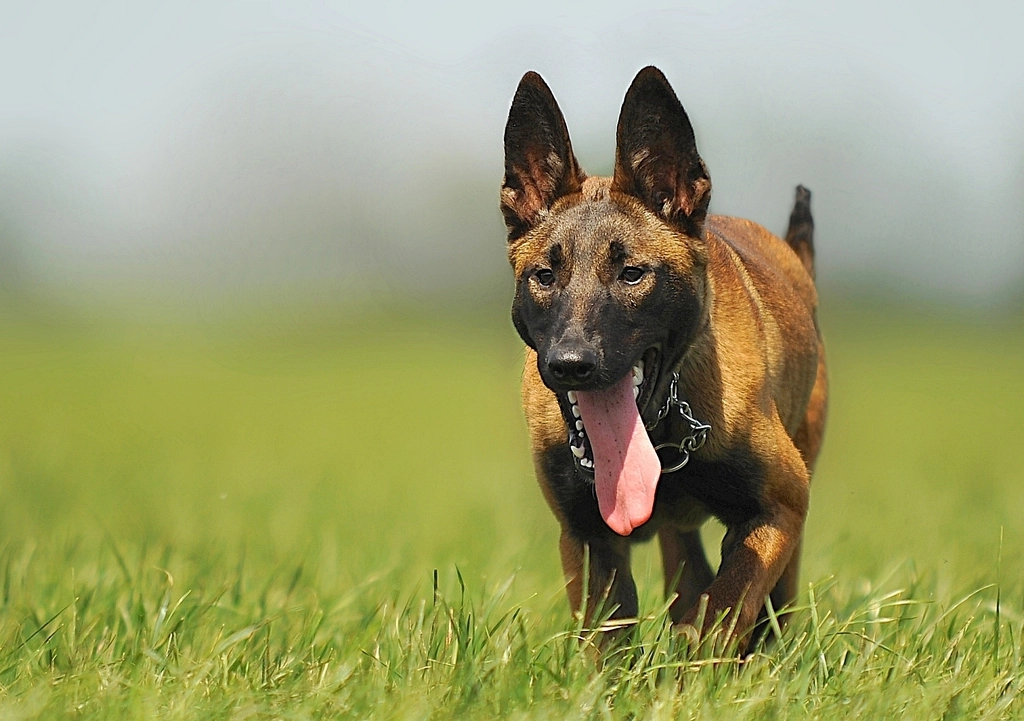
Belgian Malinois are the ultimate working dogs, bred to herd, protect, and serve. In an apartment, their boundless energy and need for constant activity can become overwhelming for both dog and owner.
When these dogs don’t get enough stimulation, they can develop obsessive behaviors, excessive barking, or even aggression. They thrive in active homes with lots of space and a dedicated job to keep their minds busy.
Akita
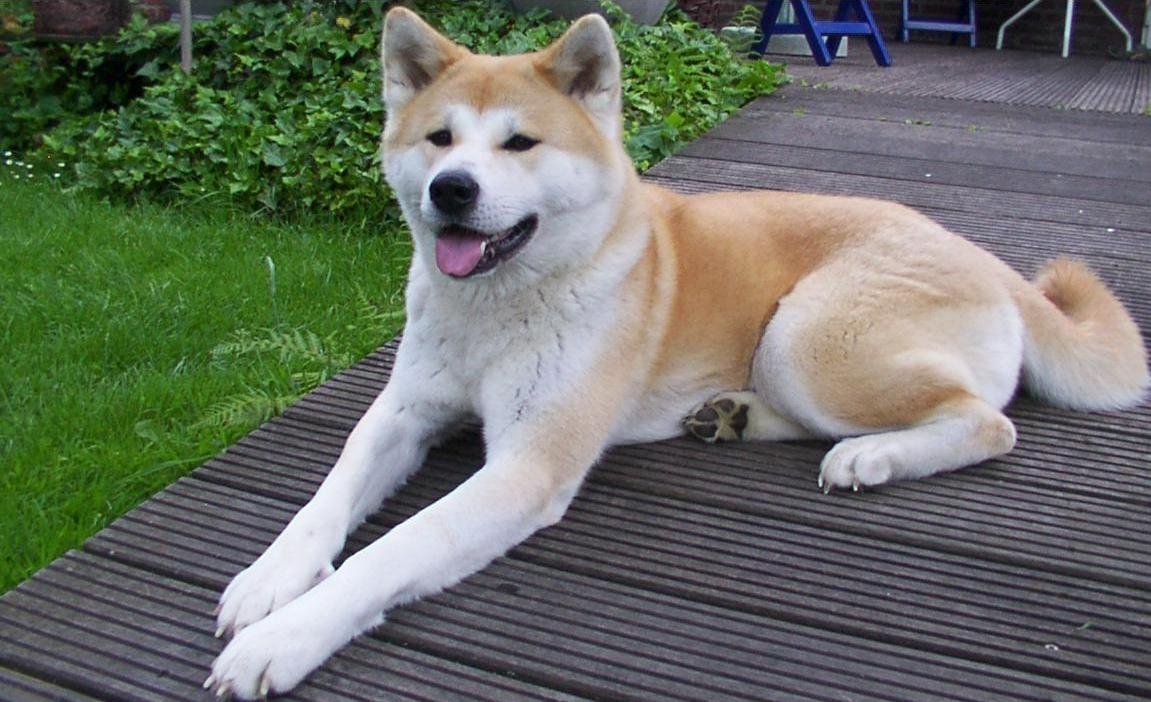
Akitas are dignified and loyal, but they’re also strong-willed and territorial. In close quarters, their protective instincts can turn into reactivity towards noises or visitors, making apartment life tense.
They require consistent training and plenty of exercise to stay happy. Without a yard or regular outdoor adventures, Akitas can become bored or even destructive, which isn’t ideal for apartment living.
English Mastiff

English Mastiffs are calm but absolutely enormous — sometimes outweighing their owners! Their sheer size makes navigating tight hallways or tiny living rooms a challenge, and finding space for a dog bed can be tough.
While they don’t need marathon runs, Mastiffs do need room to move comfortably and a peaceful environment. Apartments can make them feel cramped, and their deep, booming barks can make neighbors jump.
Weimaraner
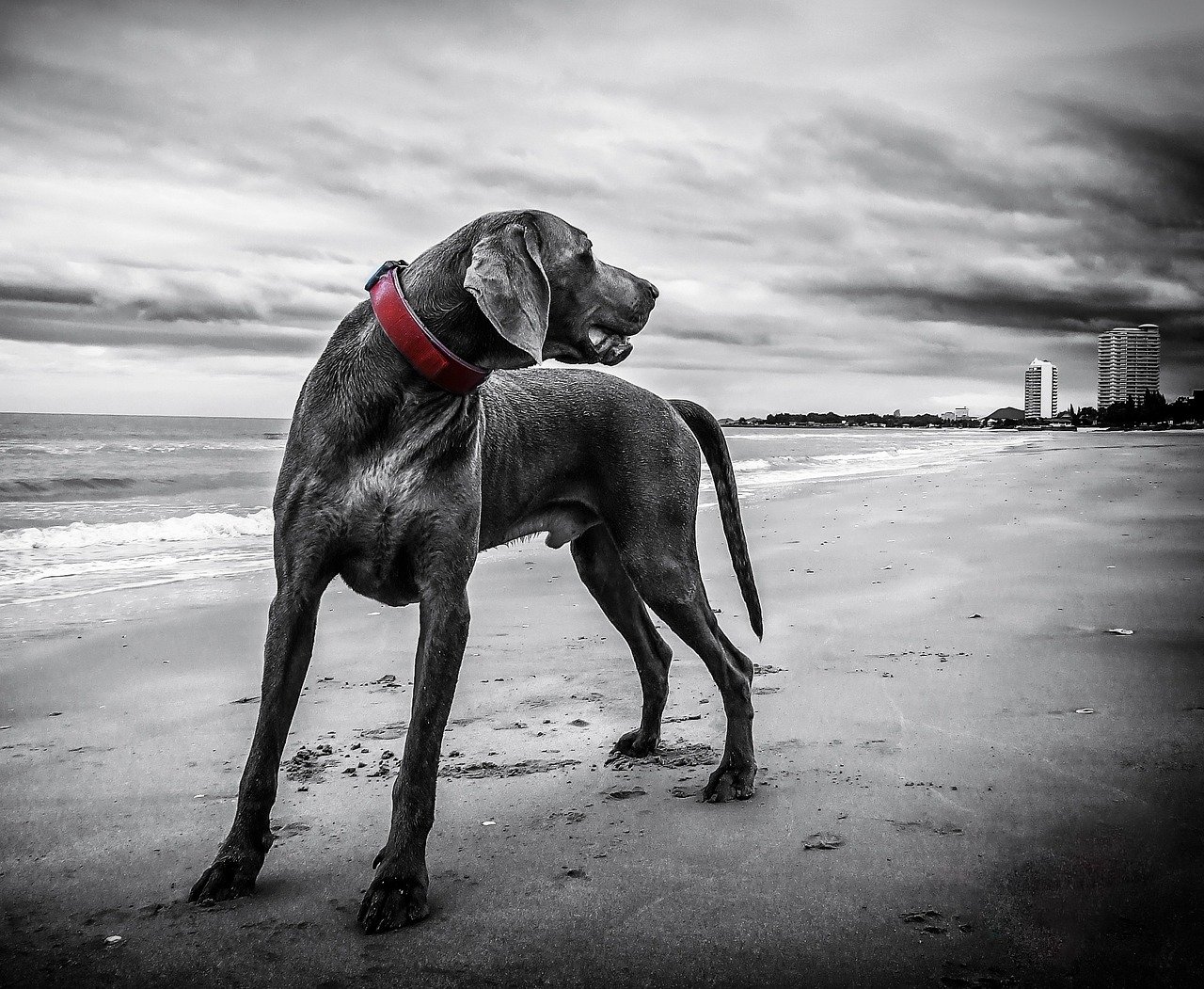
Weimaraners are sleek, athletic, and always on the move. They’re known for their stamina and intelligence, which translates to a need for long walks, runs, and mental challenges every single day.
In a small apartment, these needs are tough to meet. Bored Weimaraners often turn to chewing, barking, or escaping, leaving owners frazzled and furniture in ruins. They thrive in homes with big yards and active lifestyles.

Born and bred in South Africa, a Capetonian at heart. Amy-Leigh’s love for nature and animals was inherited from her Dad. He loves taking the family on road trips to experience nature at its finest; Amy-Leigh’s favourite being whale watching in Hermanus and spotting Kudu along the West Coast. Amy-Leigh holds a BA in English Literature and Communication Studies.

